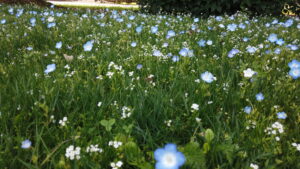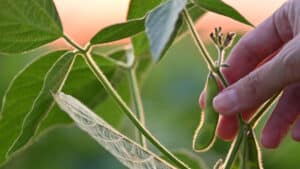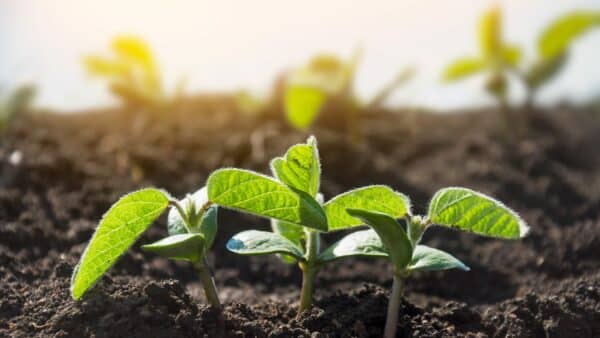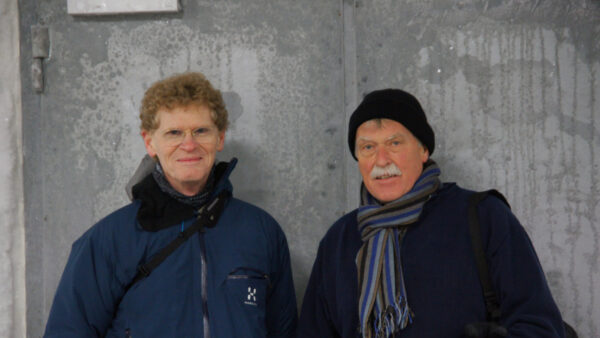With spring’s planting season already top-of-mind for many forage producers, we sat down with Gord Pearse, general manager of Bruce Seed Farm, to talk about what’s new and notable in pasture crops.
SW: What are the biggest trends in forage planting?
GP: The biggest change in native pasture forage production is definitely diversity. Dryland producers used to have a ‘crested wheat grass or bust’ mentality. That’s not the case anymore, which is a very good thing both for productivity and conservation.
Another rapidly growing trend in forage production is planting usage-specific stands. Increasingly, cattle producers are focusing on extending their grazing season. By tailoring specific seed blends to specific fields, producers can optimize forage available for each stage in their rotational grazing plan: early season-crops into early grazed fields; swath-grazable or bankable crops that hold their feed value into later grazed fields. In some cases, they’re planting mixes that produce early for a first grazing, then either grow back vigorously or produce a secondary set of species for haying or late grazing.
And, I’m happy to see cover crops being used more and more. Roots in the ground 12 months of the year is a major first step to soil health.
SW: Why the trend towards planting a mixed stand?
GP: The trend towards diversity is based on an improving understanding of both the art and science of forage production. We’ve learned a lot, even in just the last decade, about how diversity promotes productivity.
Planting different species means the total plant population will thrive, with different species excelling in different soil conditions, at different times throughout the growing season, and under variable moisture, salinity and soil texture conditions.
We’ve known for some time that mixed stands tend to be less prone to disease and more able to compete against weeds. Now, we’re seeing that diversity is also positive regarding insects. Interestingly, German researchers just published findings from a study conducted in both the U.S. and Germany that shows greater planting diversity leads to 44% less impact from herbivorous insects, due at least in part to much higher natural predation on insect populations. Meanwhile, mixed stands promote healthier pollinator populations.
SW: Is the trend towards diversity coming from policy makers or farmers?
GP: A bit of both, I’d say. In some places — Nebraska and the Dakotas, for example, federal funding for conservation planting is contingent on planting highly varied mixtures. However, the concept is catching on in general. Even in states where diversity isn’t mandated, many producers are choosing to plant varied stands. We’re also seeing more recognition of the role native flowering crops play in promoting pollinators.
SW: So, should forage producers move entirely away from monoculture?
GP: Not at all. There’s definitely still room in agriculture — and necessity for — monocultured forage crops too. In our valley here in southern Montana, for example, farmers produce alfalfa hay with relative feed values as good as hay produced anywhere in the world. It’s important for those producers to be able to manage their fields as a monocultured rotation crop for optimum quality assurance.
SW: What’s new in forage genetics?
GP: Many of today’s forages offer significant genetic improvement over older varieties, especially relating to greater biomass and better disease resistance. However, there’s also a role for varieties that have proven the test of time. Some dryland alfalfa varieties are 40, 50, 60-year-old genetics; some stands that are very old are still productive. That’s a good thing: building soils over the long-term is the most sustainable and natural production strategy around.
Too, the ‘newest’ in forage genetics is actually the oldest: there’s more and more interest in planting in regionally specific native species that are only now available as commercial seed. I’m excited by how many of these kinds of varieties we can now access for producers.













